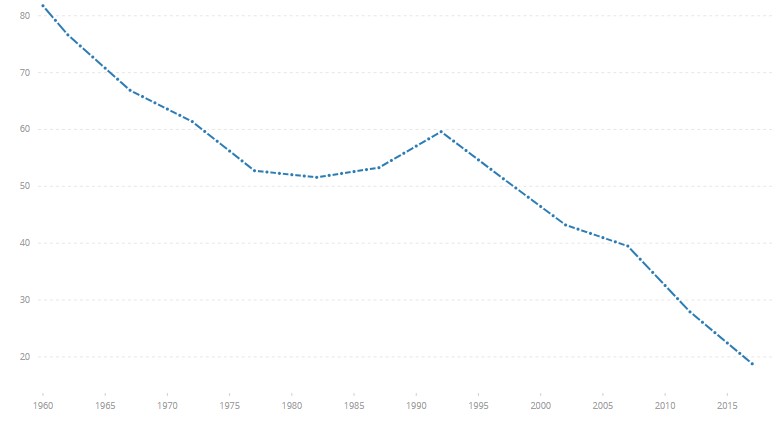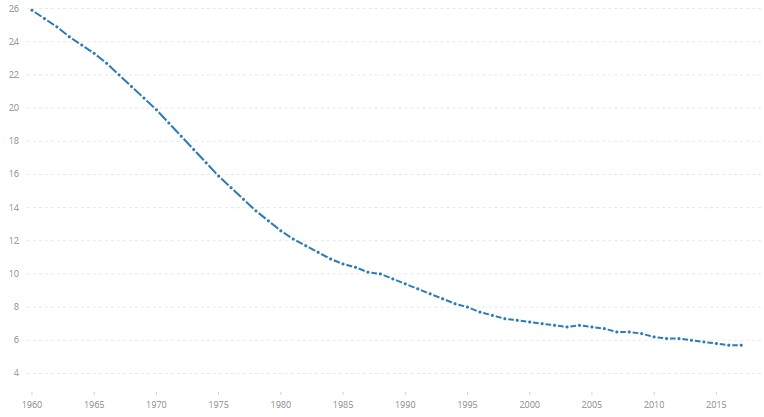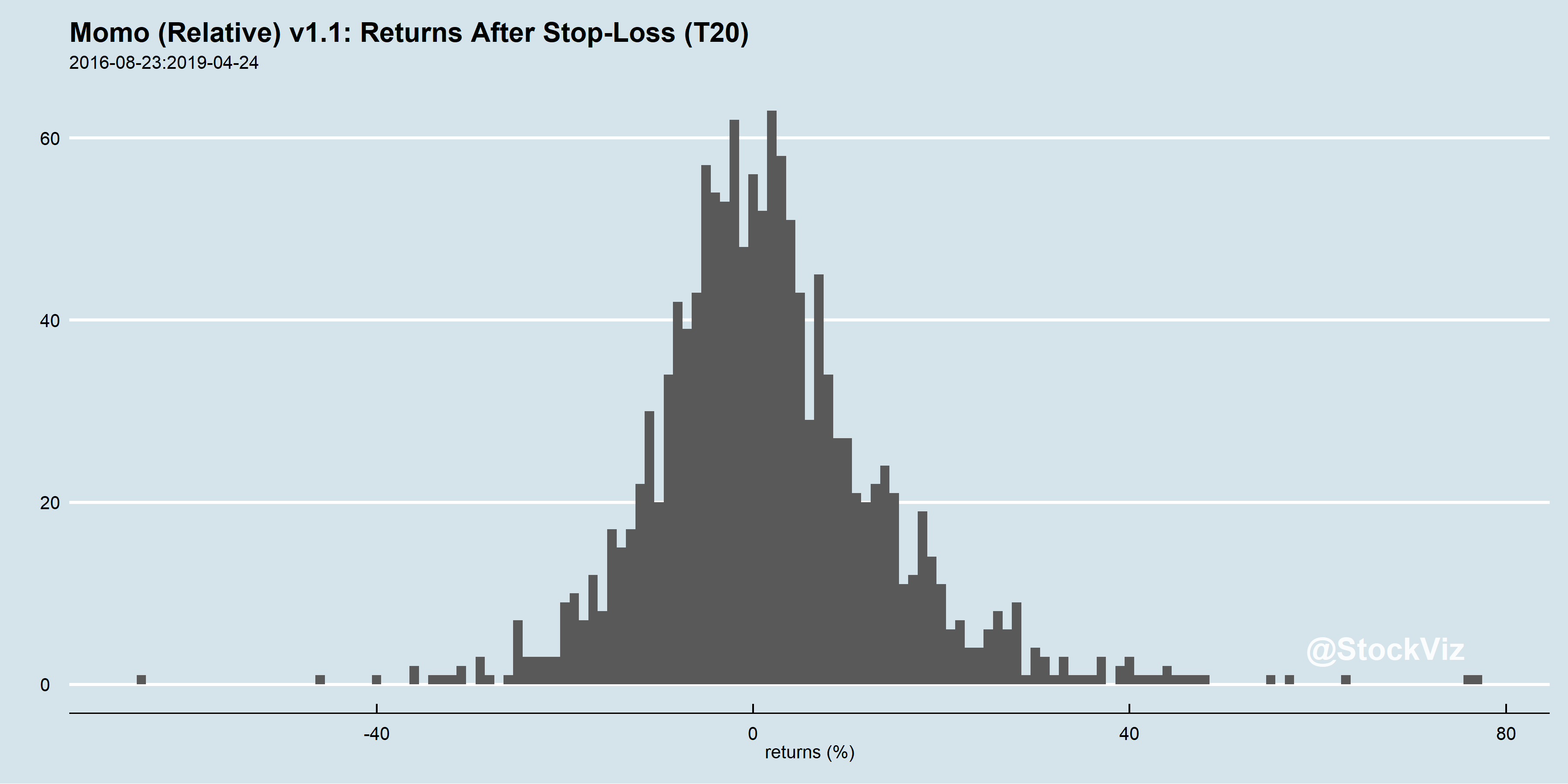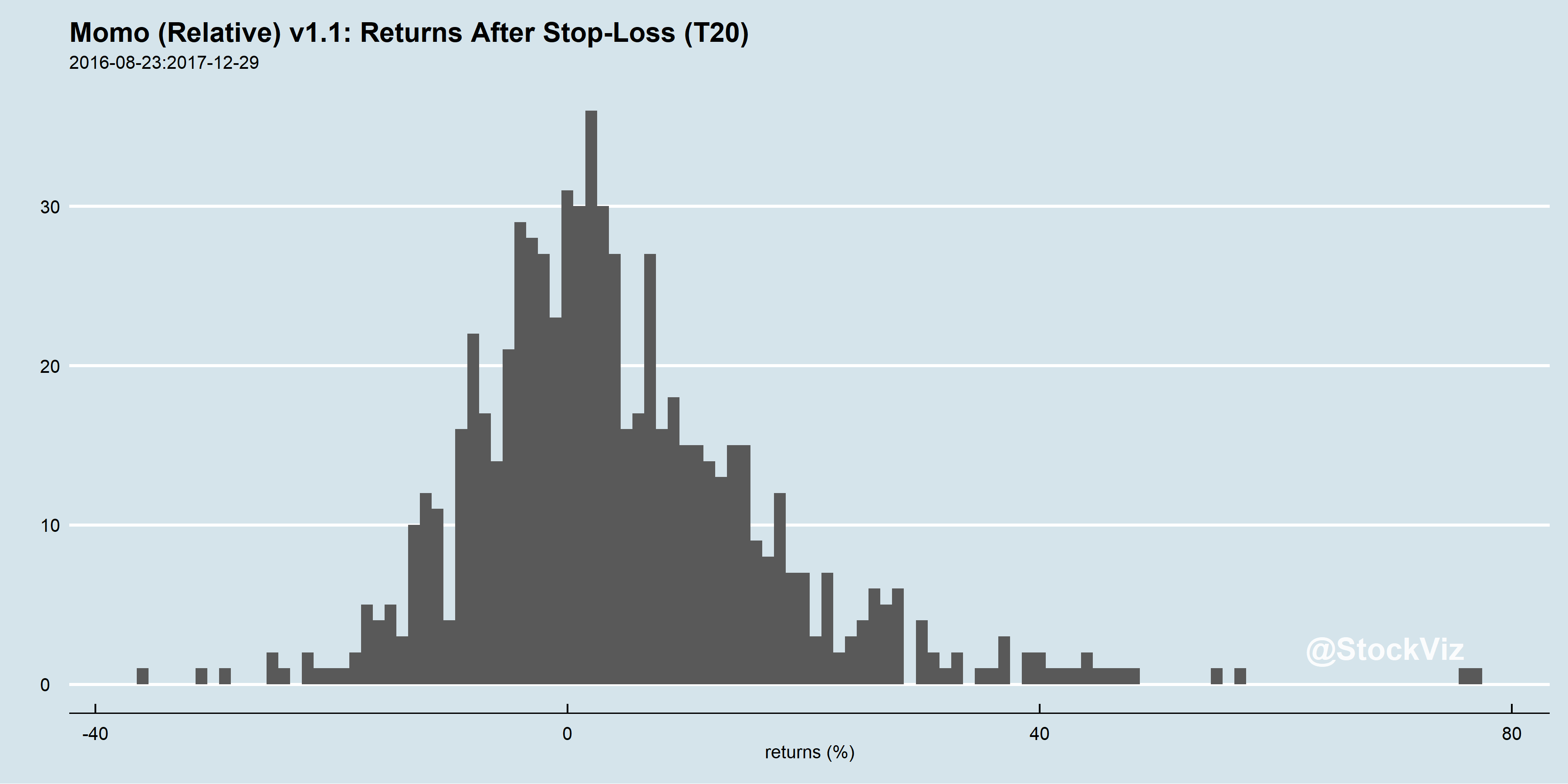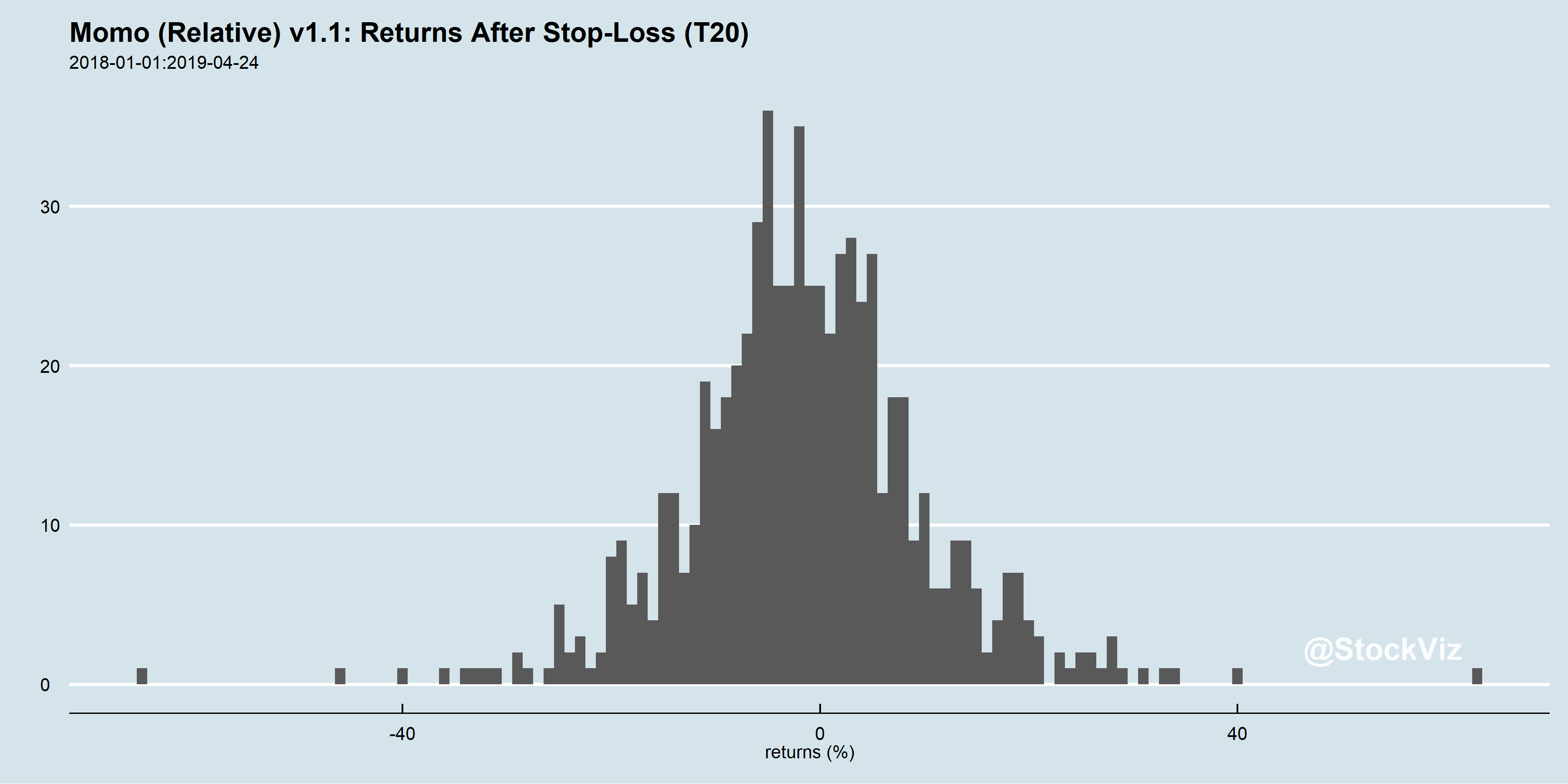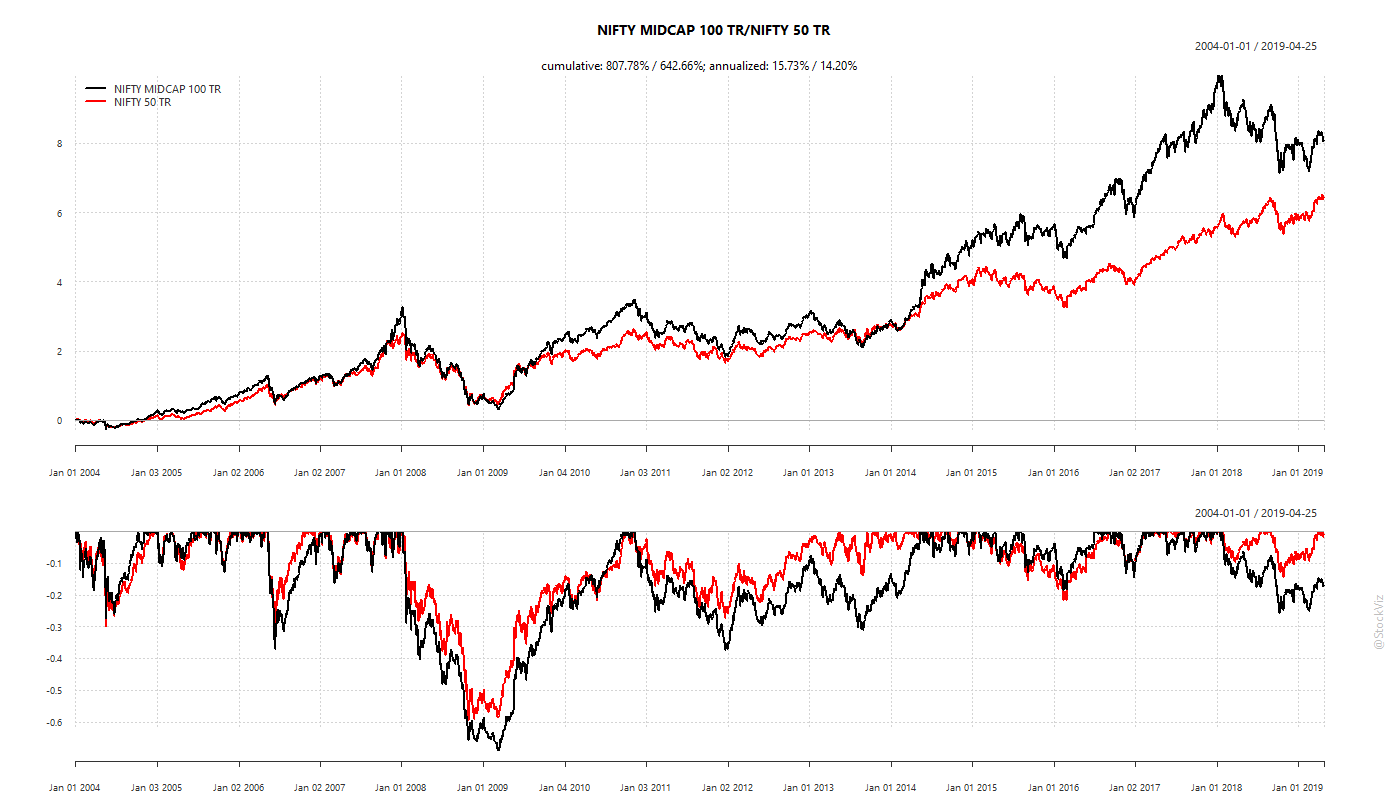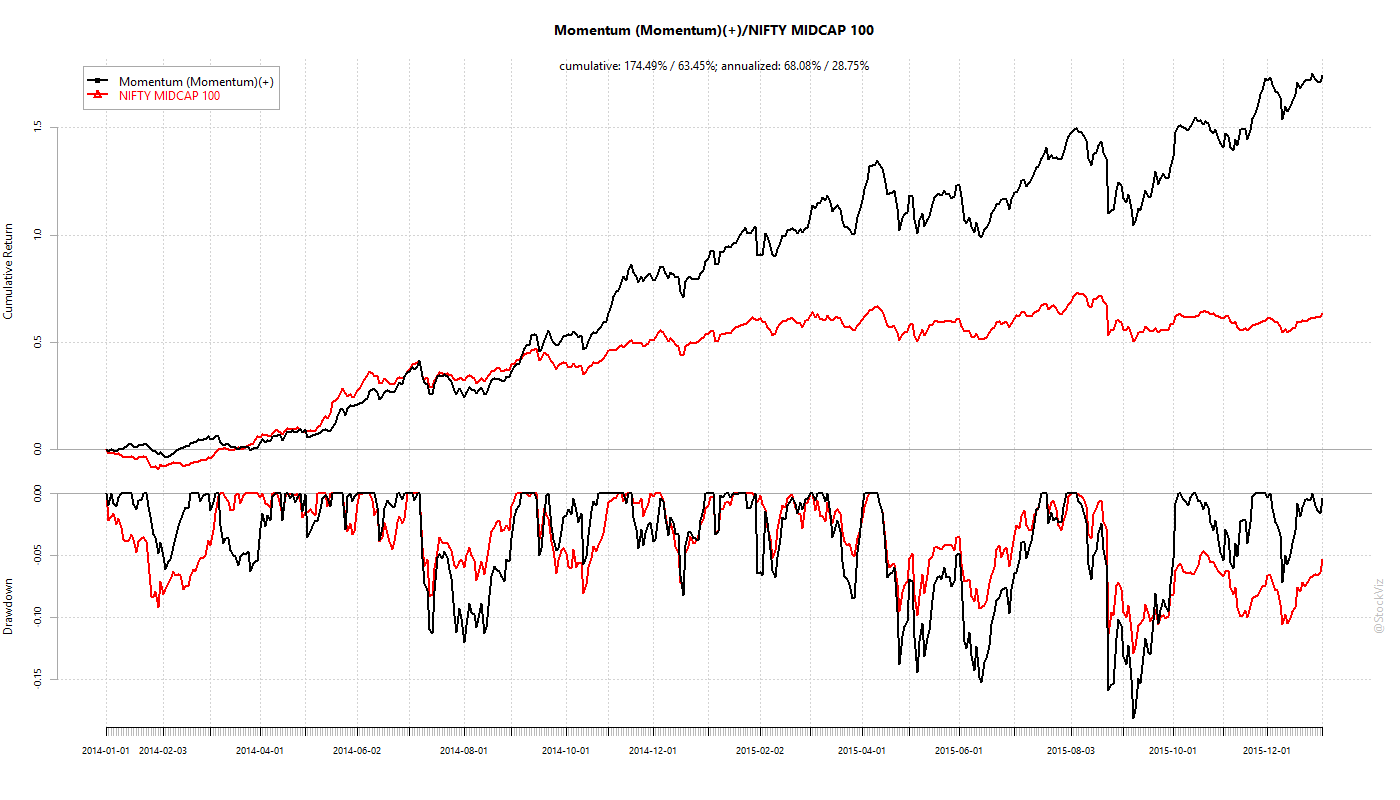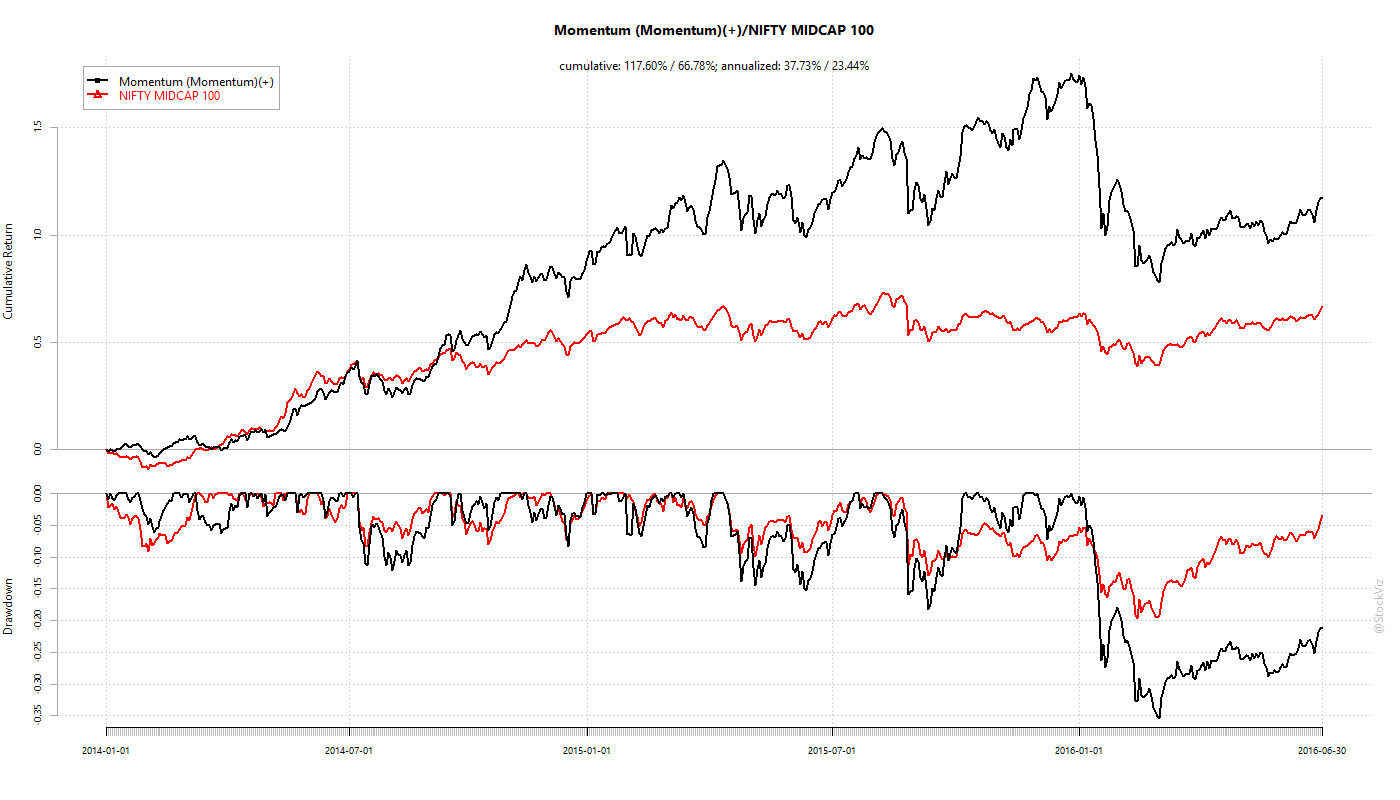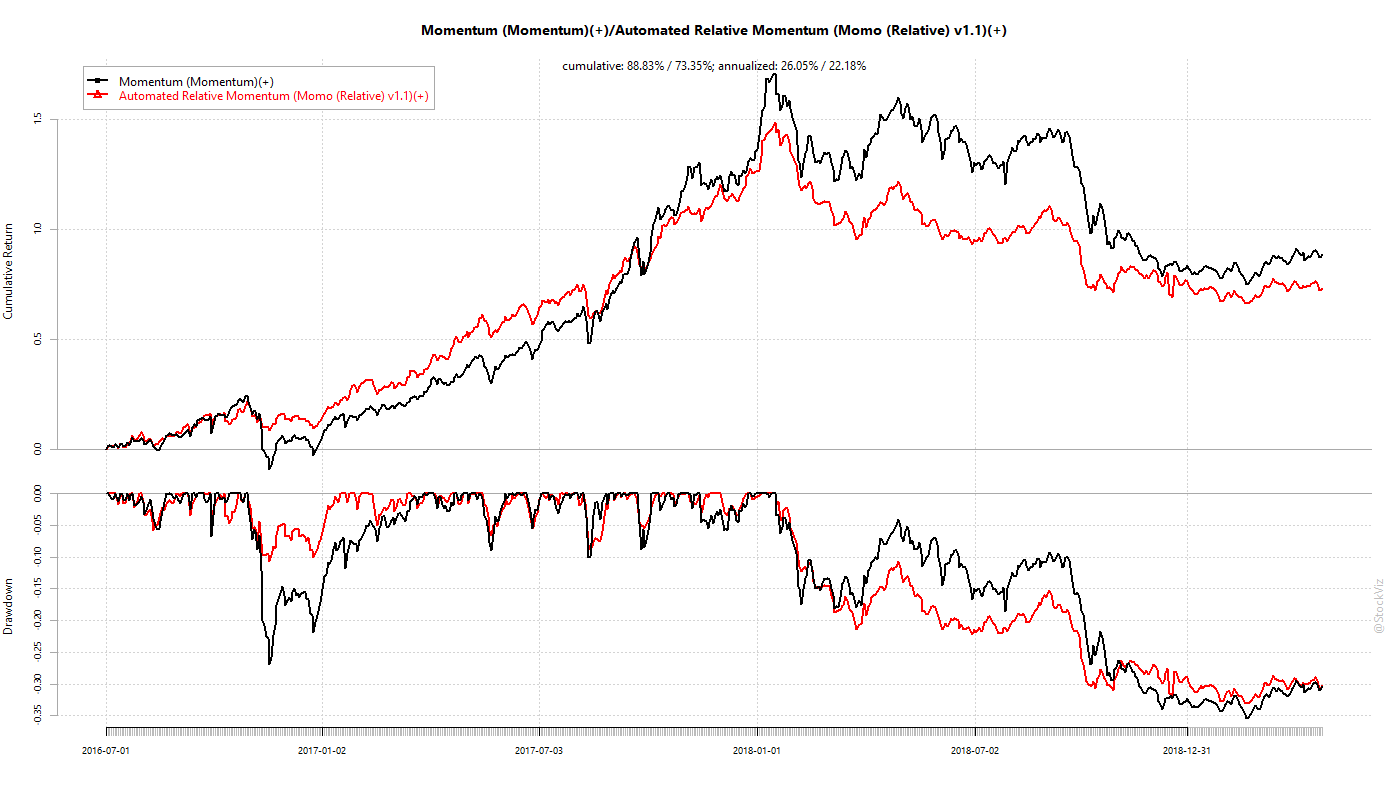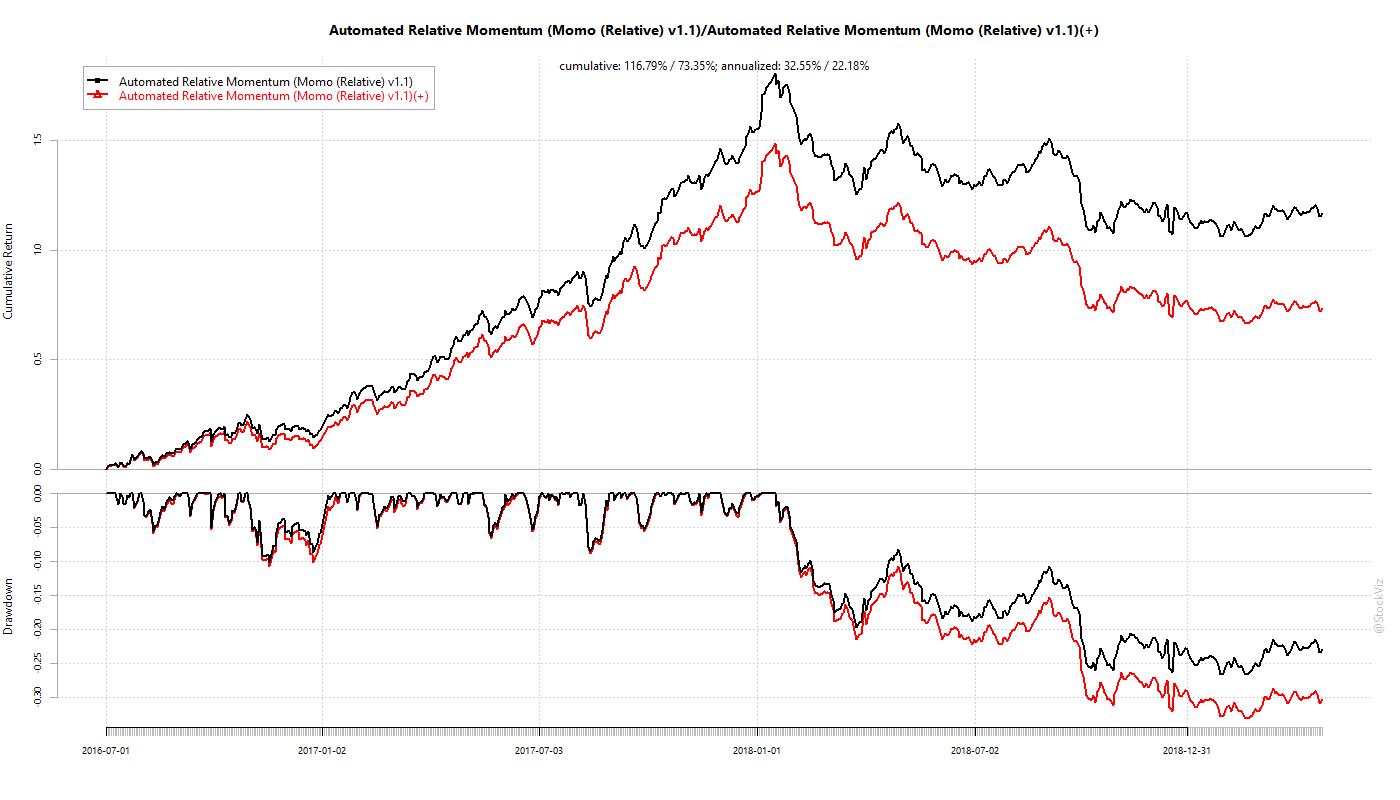The NSE has different “strategy” indices that reflect some well known equity factors like low-volatility, quality, momentum and value. They are all shown to out-perform the NIFTY 50 TR index since inception:

However, the excess returns of these indices, like everything else in equities, is unevenly distributed. As an investor, it could get frustrating to watch their “quality” factor investment under-perform the plain-old NIFTY 50 over many months. So broadly, for a given factor/strategy, what should the minimum holding period be for an investor to see only a positive excess return?
Factors take time to work. The longer the holding period, the less frustrating the experience. Low-volatility and Quality have the shortest holding periods of 5 years. The Alpha and Value indices require about 10 years for investors to see only positive excess returns. Also, given the lack of liquid, low-cost ETFs and index funds that track these factor indices, investors have to also contend with STT and capital-gains tax if they go the DIY route.
The edge that statistical factors have over market-cap based indices are measured over decades and require investors to be patient.
Charts and code on github.


